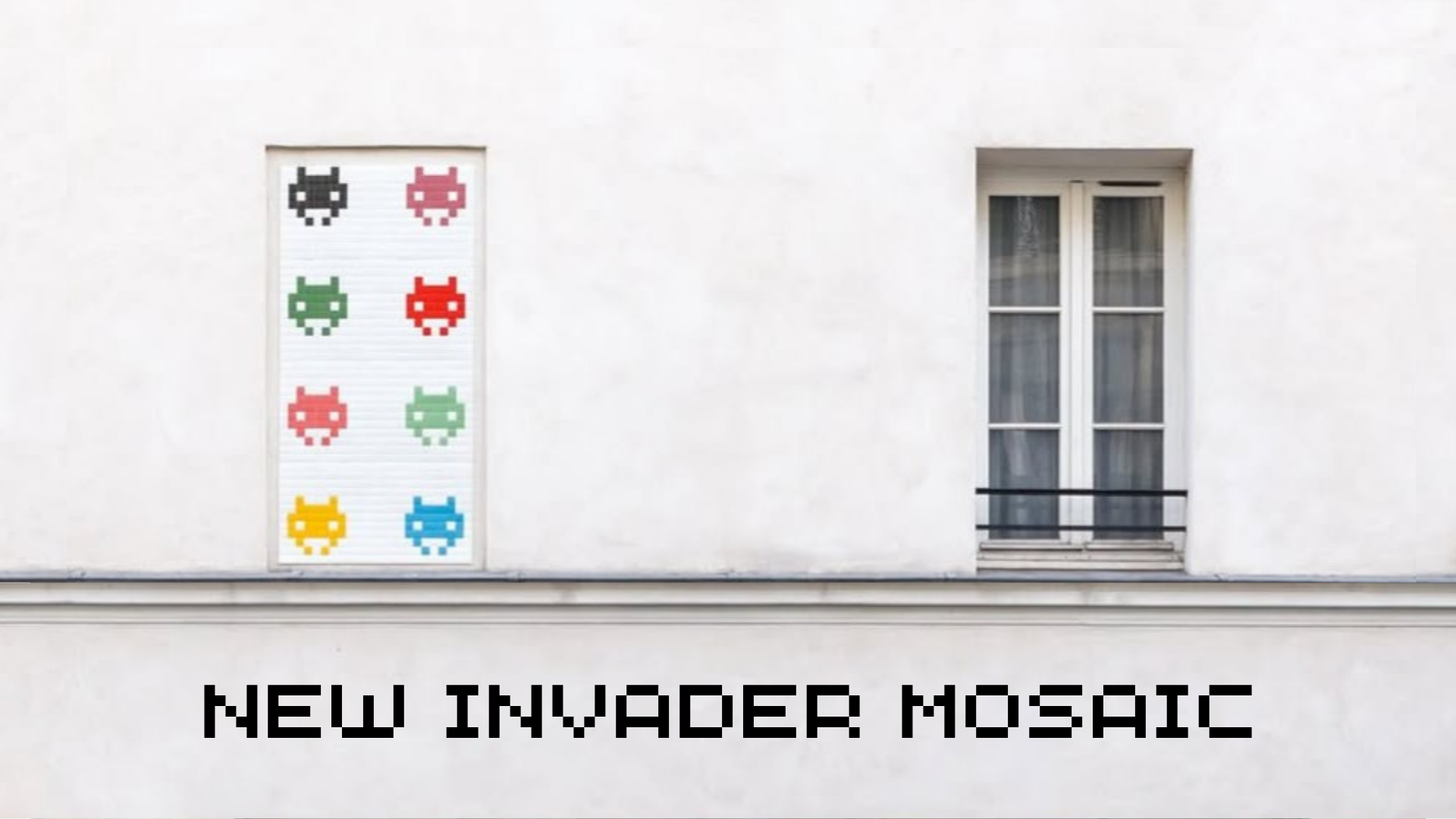Decoding the Mystery Behind Mona Lisa's Enigmatic Smile
Read more
The Mona Lisa's enigmatic smile is perhaps the most famous aspect of this iconic painting. Da Vinci's innovative use of sfumato, a technique that softens edges and transitions to create a hazy, atmospheric effect, creates a sense of mystery and movement in her features.
Technique
The level of rendering by Leonardo da Vinci on the Mona Lisa is remarkably realistic.
Sfumato is a painting technique that was pioneered and mastered by the Italian Renaissance artist Leonardo da Vinci. With the use of sfumato, thin layers of paint go on top of each other to create smooth blending and shadows.
It involves delicate, subtle blending of colors and tones to eliminate sharp edges. The softly blended edges of her facial features and the gentle modulations of light and shadow demonstrate the craft da Vinci had mastered.
Check out more on Sfumato
Mona Lisa’s lifelike and naturalistic facial expression creates an almost unsettling level of realism
Smile
The smile of the Mona Lisa is a mystery to many. This hyper-realistic depiction of her facial features and expression can appear unnatural to viewers on a two-dimensional surface like a canvas.
The Mona Lisa's expression is famous for her subtle smile that is difficult to interpret. This ambiguity makes the viewer uncertain about her true emotions and inner thoughts. If you look directly, she doesn’t seem to be carrying that joy. But if you look away, her smile returns. This is due to the use of soft shadows on the edges of her lips, creating a sense of chuckling as if she raised her cheeks.
The left side of the Mona Lisa's mouth is slightly higher than the right, which produces an asymmetrical smile that adds to its mysterious quality. This subtle asymmetry is a product of da Vinci's keen observational skills and desire to depict the complexities of human expressions.
The fact that the Mona Lisa is housed in the hallowed halls of the Louvre with the status as the most famous painting in the world, adds an aura of mystique to her expression. This elevated cultural status amplifies the intrigue surrounding her smile.
The Mona Lisa's smile is not a full grin. It is a mere suggestion of a smile, conveying no clear expression or emotion. The smile vanishes as you look closer at it. Her smile's variability and uncertainty make her expression so alive and captivating.
Eyes
The eyes of the Mona Lisa remain another mystery.
The eyes seem always to move around and follow the viewers as they look at the Mona Lisa in different directions, thus an effect known as the Mona Lisa Effect is named after the painting.
Usually, we need to view the white and the iris of the eyes directly to have a sense that we’re looking at each other. In the three-dimensional space we live in, we lose the white of the eyes when we are too far from the subject. However, in a two-dimensional painting, we can still see the whites on the side of the iris.
However, unexpectedly the Mona Lisa doesn’t exhibit the Mona Lisa Effect. Due to the lack of white in the eyes of the Mona Lisa, She is instead staring at a position to the right of the viewer with a 15.4°.
In addition, Mona Lisa's eye is slightly off-center, but with her right eye staring in front. This indirect, sidelong gaze from one eye and the direct stare from the other adds a sense of depth and subtle connection with engagement in interactions with the viewer.
The Cause
There is a lot of debate surrounding the reason for such facial features on the Mona Lisa.
Some have argued that Mona Lisa is pregnant. This is because of her physical appearance, particularly the subtle swelling and fullness of her abdomen. Her clothing is said to be traditionally used by women while pregnant or just after giving which could be an indication of pregnancy
However, there is no definitive historical documentation or scientific evidence to prove that the Mona Lisa was pregnant at the time of the painting.
Some said that it is a criticism of the traditional views about women's roles. In the old times, they are believed to be capable of only being mothers and wives. They lack the right to make their own choices in their lives and opportunities.
Another myth is that she is forced to have a wider smile to create a better picture on the canvas. But some said that she is delighted by the merry sounds of the instruments playing behind.
Despite the various theories and speculation, this topic is highly subjective and open to interpretation, as the painting's realism makes it difficult to discern.
Please do not hesitate to leave a comment below as we are a new aspiring website. We would like to receive as much feedback as possible as we would like to optimize the user’s experience on our website! So please do-so and offer us your invaluable ideas!
All rights reserved
~
We do not own any copyrights to the photos used
~
All rights reserved ~ We do not own any copyrights to the photos used ~


















